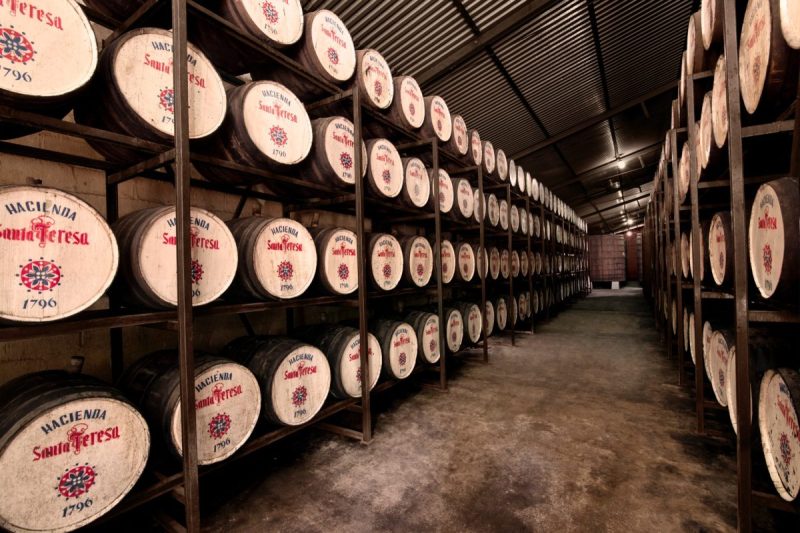
Even if you take rum seriously, as you should, you’re probably doing it wrong. The spirit has long been served in shot form or buried in candy-sweet rum drinks. Enough is enough, as good rum deserves better.
If you’re wondering how to drink rum, it’s simple, a good rum is a lot like good wine. It can be complex, sip-worthy stuff, wildly reflective of the region it was produced in. It’s easy to write rum off as a tropical drink and little more, but it’s simply not true. The flavor spectrum of the spirit is vast, thanks to variations in production from country to country. A rum may be distilled from a certain type of sugarcane, using one type of still and aged a certain way in the West Indies, while one from the Dominican Republic, might be made a completely different way.
The rules for making rum are longstanding and vary from country to country. That’s a big plus for the taster, as you can really get a sense of terroir bouncing from one rum-production country to the next in warm regions like the Caribbean.
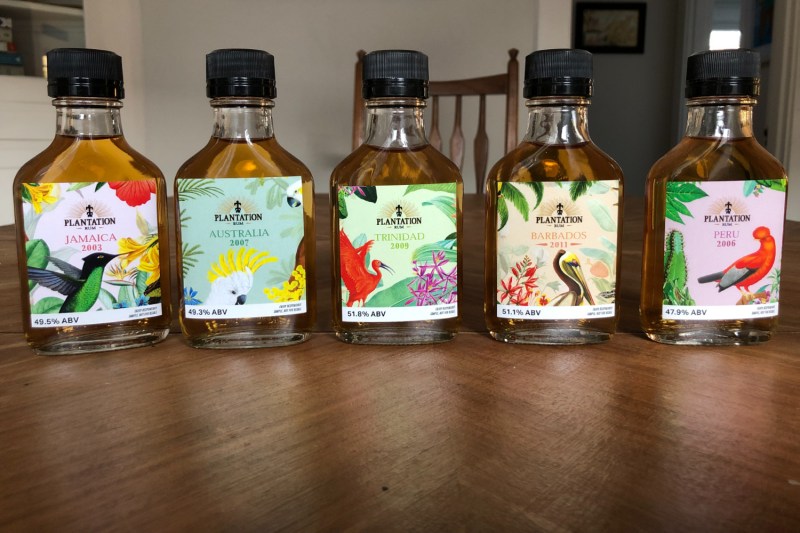
Explore regionality
I was lucky enough to get my hands on some remarkable one-off rums from Plantation. There were six in all, part of the brand’s Birds of Paradise release in 2020 (the bottles are gorgeous). Each rum was made in a different country and aged at a different length. The oldest vintage in the bunch was 2003.
The level of character and distinctiveness in each offering was impressive. I’ve spent years tasting wines from all over the planet and this tasting was done in the same general spirit. I could not believe the amount of variation. The Jamaican rum from 2003, made from molasses in a double retort Vendome pot still and aged 16 years in bourbon casks, showed marzipan, prunes, green banana, tropical fruit, and black pepper. The one from Peru, a 2006 and my favorite of the bunch was made in a combination of column and pot stills and showed dark chocolate, citrus, and some fruity esters. It was unbelievably smooth and graceful. It went on like this, rewriting my already broad and respectful definition of fine rum.
Now, you don’t need a special collection of rums like this to enjoy the breadth and quality of the spirit (although some bottles from the collection do show up online now and again and are worth hunting for). Simply peruse a more eclectic liquor store with a solid rum section and incorporate a few different nations and styles. Try a few different ages from prominent places like Barbados, Jamaica, Cuba, Guatemala, Martinique, and more.
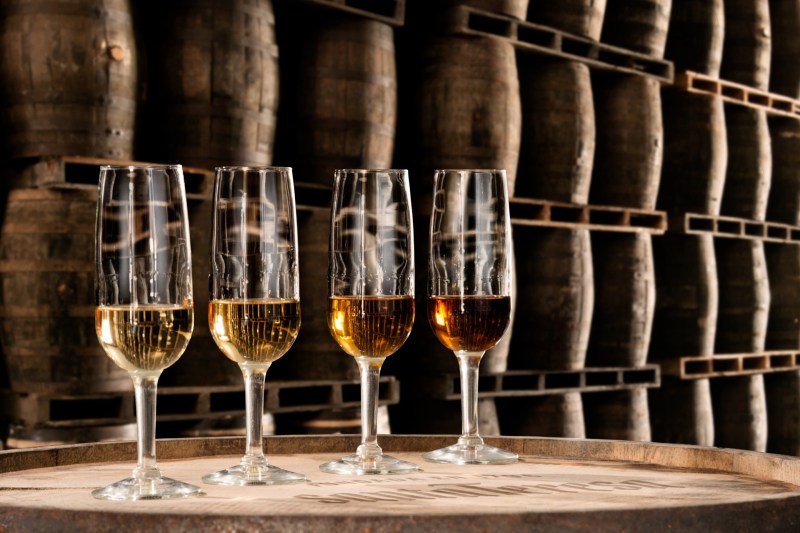
Taste properly
Treat it like wine
That means putting together an actual tasting, comparing and contrasting multiple brands from various countries. Use a large glass so you can really get your nose in there and rinse it in between tastes. Conduct a tasting with a friend and compare notes on what you’re detecting in each sip. Explore the context so you know more about what you’re enjoying, such as what different stills tend to do to rum, how aging affects both the color and flavor of the stuff, how climate can play a factor, and the differences between utilizing sugarcane or molasses from the get-go.
Take notes and trust your palate
You may not taste everything you see listed in the tasting notes, but the more you explore the category, the better prepared your palate will be. Rums can be similar, but when tasted side by side, can really flaunt their independence. And remember to stay hydrated and take frequent water breaks. You can treat rum like wine; just note that it has a much higher ABV so exercise some caution. Consider adding a little water to the highest-proof options in your tasting and take your time; it’s not a race.
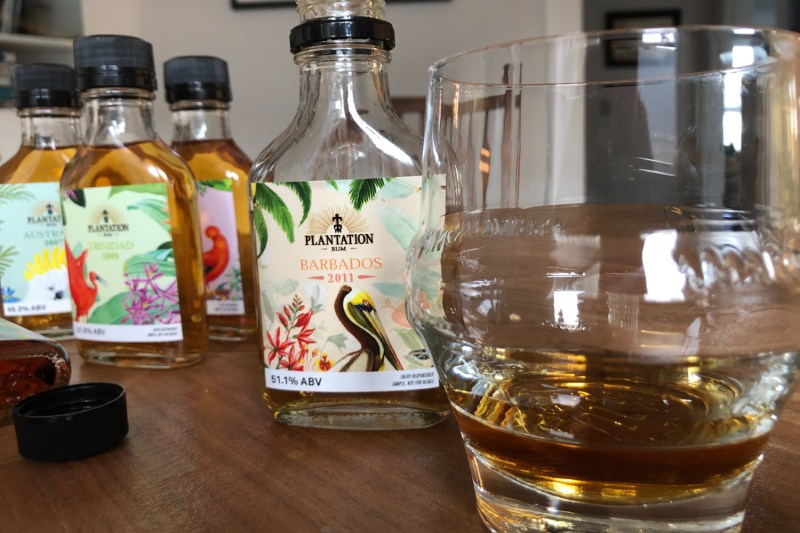
Pair it up
Yes, you can pair foods with rum. Lighter rums do great with dishes like ceviche, jerk chicken, and even mac and cheese. Darker rums do great with cheeses, grilled meats like steak, and pulled pork. Unsurprisingly, a lot of great pairings honor the dishes that are popular in that specific rum-producing country. Mix up a complementary snack spread that includes things like dried fruit (mango, pineapple, etc.), salted nuts, pretzels, candied ginger, and even some mild sweets (think angel food cake or snickerdoodles).
There are a few names to look out for. Renegade Rum from Grenada is a fantastic light rum selection, showing colossal caramelized plantain notes. Also, check out Diplomatico, Zacapa, Flor de Cana, and Appleton Estate, just to name a few. Many of these labels feature various aged rums, as well as tweaks in styles that reflect where it’s made.
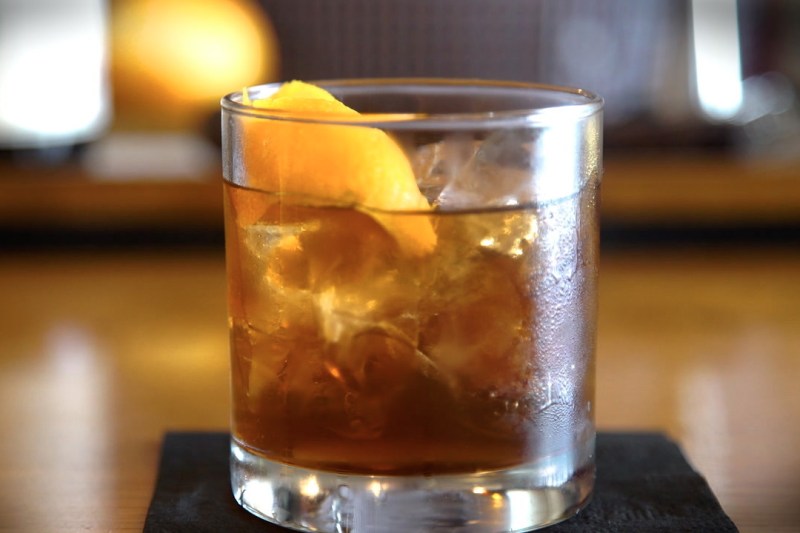
What can I mix with rum?
For those of you who simply must mix something with your rum, there are options. According to Vinepair, some of the best rum mixers include:
- Coke: This is the one you probably most often hear about. No matter if it’s called a Cuba Libre or just rum and Coke, it’s a classic.
- Tonic water: More thought of as a mixer for gin, tonic water works well with most rums, with its bitterness contrasting to the sweet rum.
- Lemons or limes: Simple, but tasty, just squeeze some citrus into your rum and you’re good to go.
- Ginger beer: Combining ginger beer with dark rum makes the famous Dark n’ Stormy, a drink that originated in Bermuda with Gosling’s Black Seal Rum. It has become so popular that Gosling Brothers started making its own brand of ginger beer and trademarked the Dark n’ Stormy name in the early 1990s.
Editors' Recommendations
- Oatmeal is the secret to better sleep (and you’re going to love this hack)
- The benefits of cinnamon, and why you should be eating more of it
- Bartenders explain the merits of nocino, the tasty liqueur you need in your life
- The classic whiskey cocktails you need in your bartending repertoire
- You’re being duped: The ‘healthy’ food items that are actually terrible for you



